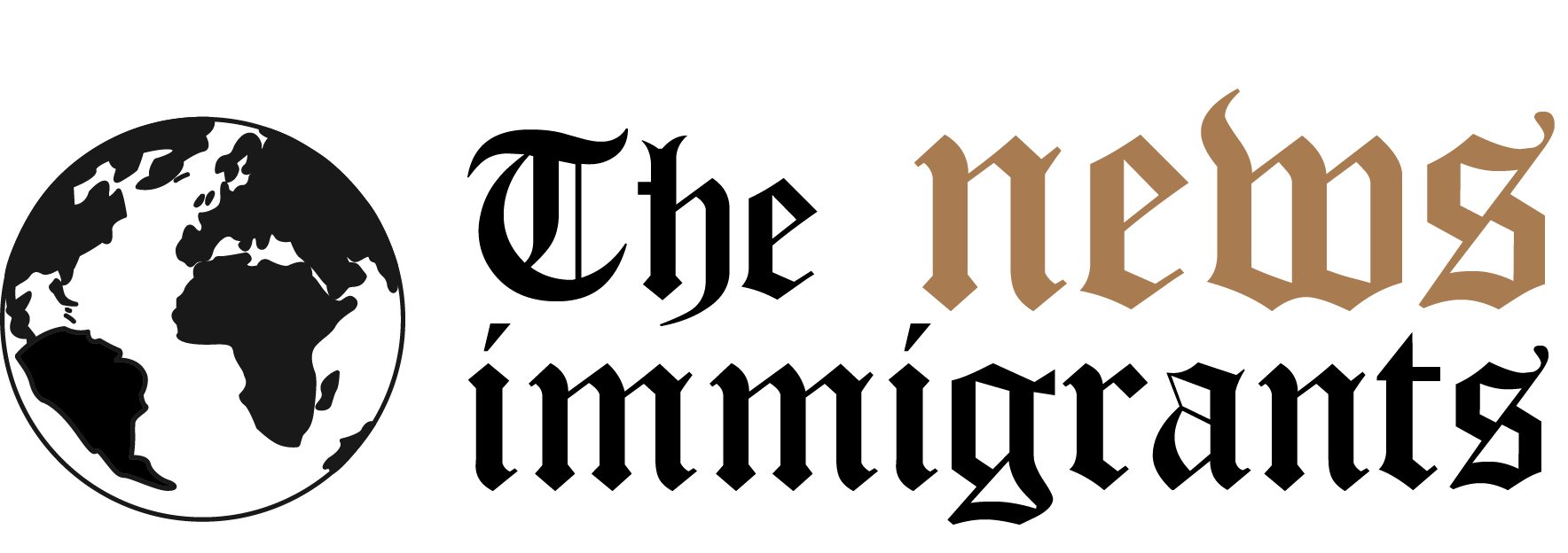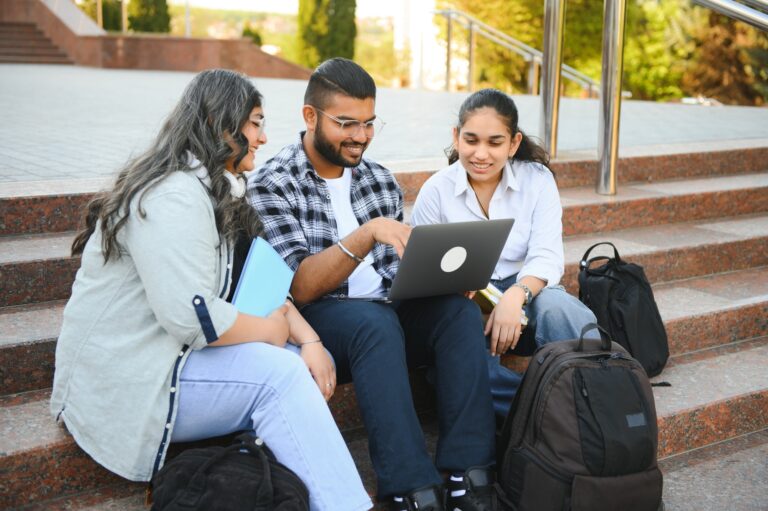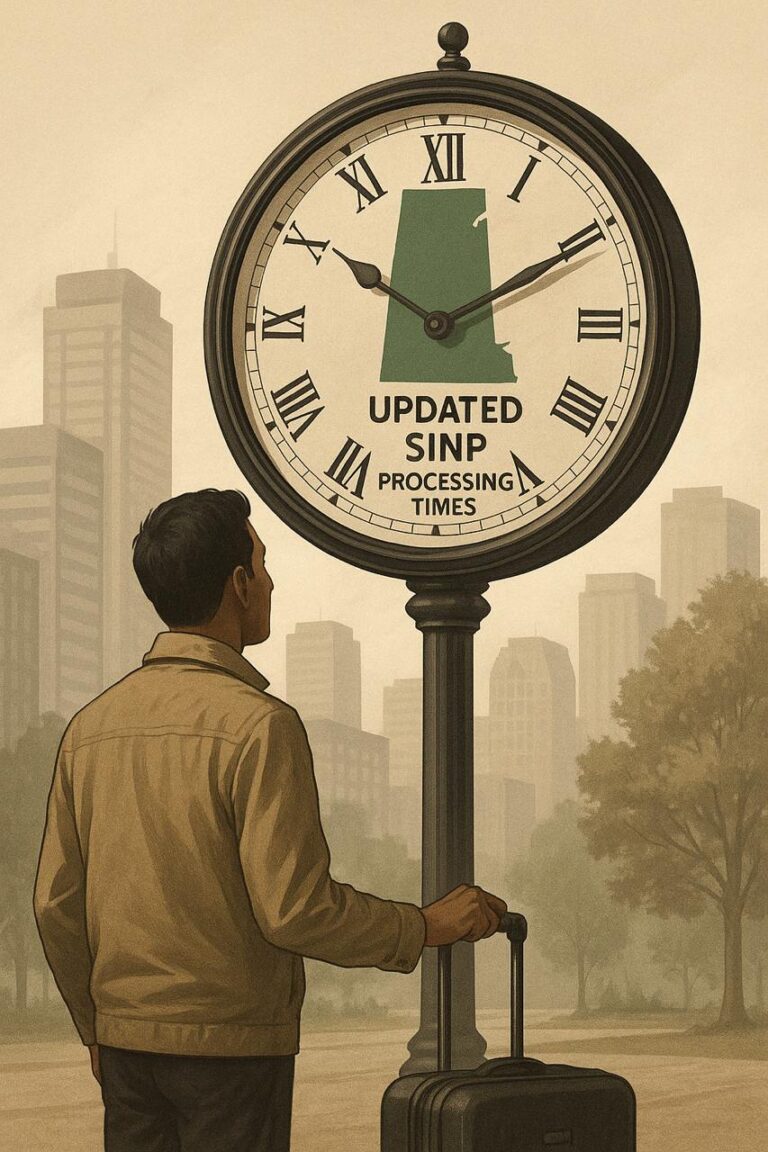Key Takeaways:
- The India-Canada diplomatic standoff is reshaping thousands of students’ education plans, forcing them to reconsider Canada as a destination.
- Canada’s restrictive immigration policies and rising financial requirements are redirecting student flows to alternative countries.
- Indian education consultancies face closures as demand for Canadian study programs plummets.
For decades, Canada has been the dream destination for thousands of Indian students seeking quality education and a pathway to better opportunities. However, the recent diplomatic crisis between India and Canada, triggered by allegations of India’s involvement in the killing of Sikh activist Hardeep Singh Nijjar, has shattered that dream for many families.
Families Prioritize Safety
Historically, students from Punjab and Haryana saw Canada as a safe and welcoming destination due to its large Sikh diaspora. Today, parents are rethinking those plans. Concerns over their children’s safety in a politically tense environment are now outweighing the perceived benefits of studying in Canada.
One parent expressed: “We want the best education for our child, but the risks are simply too high now.”
Policy and Economic Barriers
Canada’s tightened immigration policies are adding to these concerns. The new visa caps have drastically reduced acceptance rates, while mandatory deposits for international students have more than doubled. These changes come amidst rising living costs and a housing shortage, creating an uphill battle for aspiring students.
Adding to the challenges, Canada has restricted work permits for private college graduates, a significant deterrent for families looking for flexible post-graduation options. As a result, many Indian students are now turning to Europe, Australia, and the UK as more affordable and stable alternatives.
A Crisis for Consultants
Educational consultancies in India, particularly in Punjab and Haryana, are bearing the brunt of this shift. Once thriving on Canada-bound students, these businesses now see only 20-25% of their revenues coming from Canadian programs. Many have been forced to shut down operations entirely.
A Global Shift
This downturn impacts not just Indian families but also Canada’s economy. In 2022, international students contributed over $37 billion to Canada’s GDP. A significant drop in their numbers could have long-term economic repercussions. Yet, Canadian officials argue that current infrastructure is ill-equipped to handle the overwhelming influx of students.
The Role of Politics
The future remains uncertain, hinging heavily on political decisions. Canada’s upcoming elections could reshape immigration policies, either welcoming back Indian students or pushing them further away. Meanwhile, Indian families are adapting to the situation, choosing safer and more reliable education routes for their children.
In this evolving landscape, the India-Canada relationship underscores the broader challenges of balancing immigration, politics, and education.










